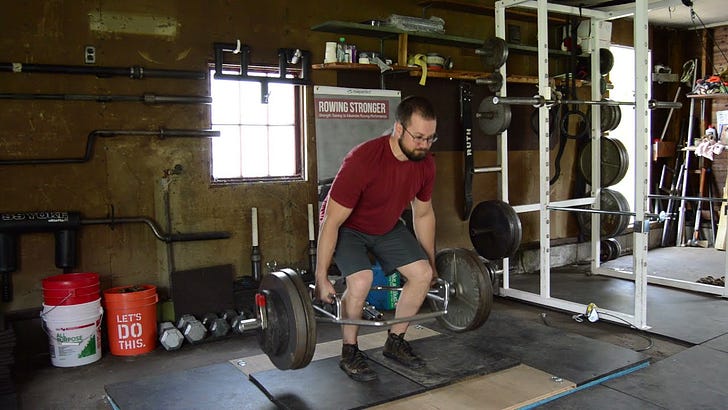One of the main reasons to make 2:1 lowering-to-lifting tempo the default setting is so that we can get more complex later on in the training cycle when we want to train for peak power.
The pre-season is the transition between off-season building mode and in-season performance mode. It can be longer or shorter depending on how general the off-season training was and how intense the in-season competitive schedule and goals are. It’s usually 6-8 weeks, but can be as short as 4 weeks or as long as 10 weeks. The goal of this phase is to maintain the progress from the off-season while increasing the specificity of training to prepare for a sport performance.
Rate of force development is one of the trainable qualities with the greatest impact for rowers. We want to train the general force production skills with strength training to first produce a high amount of force (strength, which also relates to muscle size and coordination) and then to produce that force very quickly (power).
How quickly? Researchers in this 2020 study analyzed oarlock power data for 47 2km races of international-level rowers in the men’s and women’s single and pair events, and found that peak force and time to achieve peak force were critical factors in boat speed. Specifically, the time from blade entry to peak force was 0.43s in the men’s single, 0.39s in the women’s single, and 0.36s in the men’s and women’s pairs. That’s not as fast as true sprint and power sports, but it’s still pretty quick and faster than I think most rowers would guess, and we’d expect it to be even faster in faster moving team boats.
The researchers conclude that, “Rower force development should be prioritized as a key component of power output and boat velocity.”
It’s much easier to train force development qualities through strength training in addition to rowing and erging than through rowing and erging only. In the gym, we can train the general force production skills with heavier, slower strength training exercises in the off-season, and then transition in the pre-season to more jumping and throwing plyometric exercises, accelerated tempo training on basic strength training exercises, and exercises like the kettlebell swing that inherently prioritize rate of force development.
Rowers need to master the 2:1 base tempo with good lowering control to make the most improvement in the off-season, and then in order to do the “2:X” (for explosive) tempo in the pre-season and in-season. Training with “reverse ratio” of faster lowering phases than lifting phases doesn’t prepare rowers for this change, and training with “grinding reps” of heavy, slow lifting phase speed in the pre-season and in-season just isn’t effective for improving rowing performance in the time-to-peak-force environment.
Read my updated “Rowing Peak Power Training” article for more about power training in the pre-season, and check out my video below demonstrating accelerated tempo training, aka lifting with full explosive intent.




